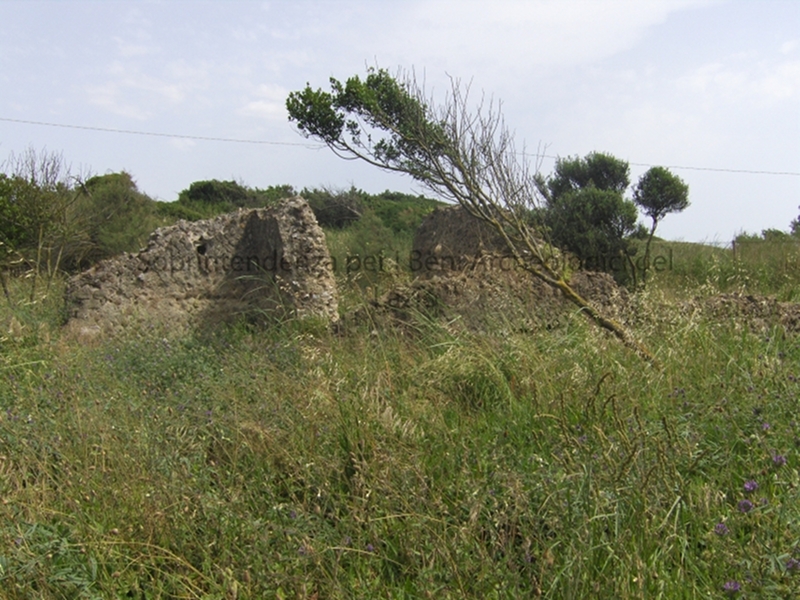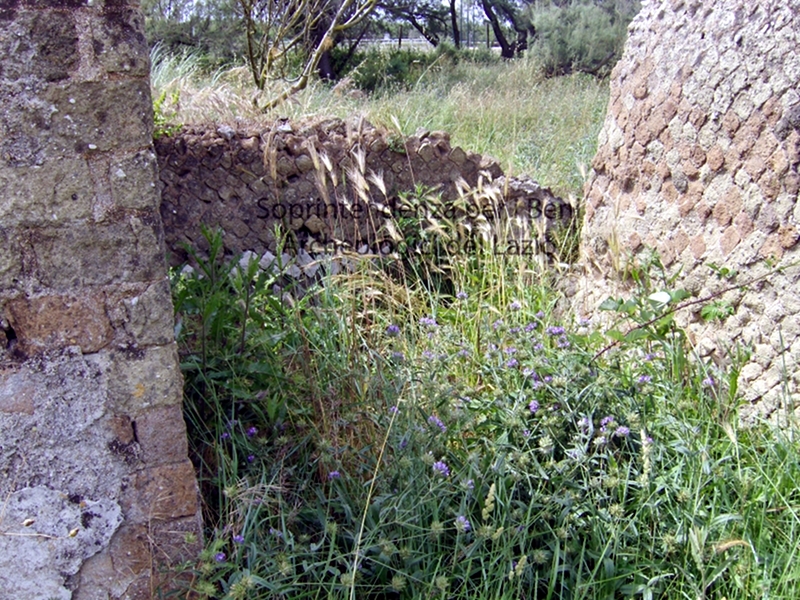Rio Martino archaeological area
A controversial and fascinating archaeological conundrum
The Rio Martino archaeological site has been variously interpreted as connected either with the Clostris station or with the Ad Turres Albas station along the Severiana road. Certainty cannot be attained without excavations.
What we know with certainty is that in the area there was a canal, Rio Martino, built by order of Consul Cethego in the 2nd century b.C., and that along this watercourse several stretches of wall in opus reticolatum were visible.
On the basis of this evidence, Elter postulates (followed by Ashby) that the infrastructures were connected with works for water management of the nearby lakes, on whose shores there were also fish farms (maybe the ruins of Fossella belong to the same type).
Solving the dilemma is very hard, as reclamation works caused the structures to become deeply interred. The ones that are visible today are a few metres north of the Fogliano tower, and their conservation is varied: some walls are as high as 2.70 metres, of others only the basis remains. Besides, only few spaces can be identified: in the northern part, a cluster consists of five rooms around a porticoed yard; a further, wide area, whose walls are only a few centimetres high, is hard to define.
The whole northern side of the building is interred: it is therefore impossible to assess its connection with Rio Martino, whereas the southern portion consists of two spaces around a portico. The building shows signs of works carried out in different epochs. In the most ancient one, walls were built in opus quasi-reticolatum; this might have happened in the late Republican period, but there is hardly evidence of this. Most of the structures are made instead of extremely regular-shaped cubilia. Less organised interventions were also carried out using clay, but it is impossible to define a chronology for these.
Research: Research is being planned

Rio Martino archaeological area
(photo by Archivio Parco Nazionale del Circeo)

Rio Martino archaeological area
(photo by Archivio Parco Nazionale del Circeo)